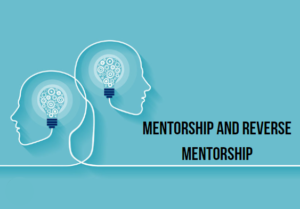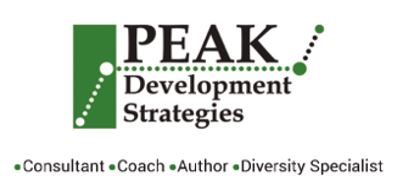
Mentorship is a developmental partnership where a more experienced individual (the mentor) provides guidance, support, and knowledge to a less experienced individual (the mentee). Traditionally, this relationship has been characterized by older employees mentoring younger ones. However, the concept of reverse mentorship has emerged, where younger employees mentor older ones. This dynamic creates a reciprocal learning environment that benefits both generations.
The Benefits of Traditional Mentorship
- Knowledge Transfer: Older employees possess a wealth of experience and institutional knowledge that can be invaluable to younger workers. They can share insights about company culture, industry trends, and best practices that have stood the test of time.
- Skill Development: Younger employees often seek mentorship to develop specific skills or competencies. Older mentors can provide tailored advice and feedback based on their own experiences.
- Networking Opportunities: Mentors can introduce mentees to professional networks, helping them build connections that may advance their careers.
- Emotional Support: The mentor-mentee relationship often includes emotional guidance, helping younger employees navigate workplace challenges with confidence.
- Career Advancement: Having a mentor can significantly impact career progression for younger employees by providing them with visibility and advocacy within the organization.
The Rise of Reverse Mentorship
Reverse mentorship flips the traditional model on its head, allowing younger employees to share their perspectives and expertise with older colleagues. This approach has gained traction due to several factors:
- Technological Proficiency: Younger generations are typically more adept at using new technologies and digital tools. They can help older employees adapt to these changes, enhancing overall productivity.
- Diverse Perspectives: Younger workers often bring fresh ideas and viewpoints that challenge established norms within an organization. This diversity of thought can lead to innovation and improved problem-solving.
- Cultural Awareness: As workplaces become more globalized and diverse, younger employees may have greater exposure to different cultures and social issues. They can educate older colleagues on these topics, fostering inclusivity.
- Feedback Loop: Reverse mentorship creates an open dialogue between generations, allowing for constructive feedback that benefits both parties. Older mentors gain insights into current trends while younger mentees receive guidance from seasoned professionals.
- Leadership Development: Engaging in reverse mentorship helps both generations develop leadership skills—older employees learn adaptability while younger ones practice communication and influence strategies.
Creating Effective Mentorship Programs
To maximize the benefits of both traditional mentorship and reverse mentorship, organizations should consider implementing structured programs:
- Clear Objectives: Define what each party hopes to achieve through the mentorship relationship—whether it’s skill development for the mentee or knowledge sharing for the mentor.
- Training for Participants: Provide training sessions for both mentors and mentees on effective communication techniques, goal setting, and feedback mechanisms.
- Regular Check-ins: Schedule regular meetings between mentors and mentees to assess progress toward goals and adjust as necessary.
- Encourage Open Communication: Foster an environment where participants feel comfortable sharing their thoughts without fear of judgment or repercussions.
- Evaluate Outcomes: Regularly assess the effectiveness of mentorship programs through surveys or performance metrics to ensure they meet organizational goals.
- Celebrate Success Stories: Highlight successful mentorship pairings within the organization to encourage participation and demonstrate value.
In conclusion, both traditional mentorship and reverse mentorship offer unique advantages that facilitate intergenerational learning within organizations. By leveraging the strengths of each generation through structured programs, companies can foster a culture of continuous learning that enhances employee engagement, innovation, and overall organizational success.

Recent Comments